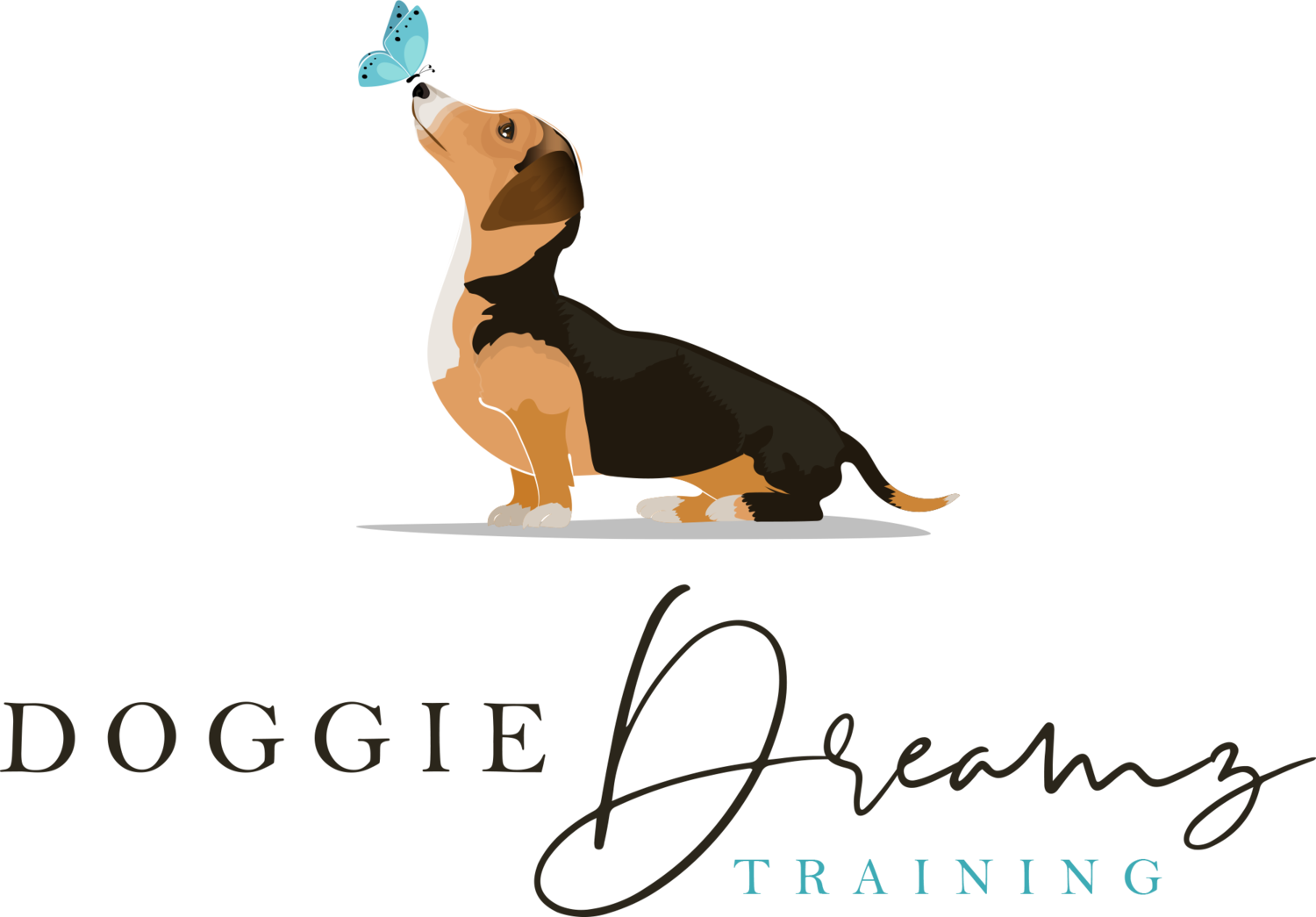Separation Anxiety Post Pandemic
As the country starts to open back up after the Coronavirus pandemic of 2020; many pet parents may start to notice their dog exhibiting new behaviors. These behaviors may be minor, like whining or barking when you leave the house. Or they can be severe like chewing on baseboards or even escaping the yard. As it often happens; several dog behaviors get lumped into one over-utilized term, separation anxiety. However, true separation anxiety is when a dog experiences true stress when its parent leaves. As I will go over, some of the behaviors we often associate with separation anxiety are learned behaviors that can be addressed with training.
According to VCA true separation anxiety is described as “They become extremely anxious and show distress behaviors such as vocalization, destruction, or house soiling when separated from the owners. Most dogs with separation anxiety try to remain close to their owners, follow them from room to room, and rarely spend time outdoors alone.” If your dog is displaying these behaviors, you should speak with your veterinarian and a dog trainer on how best to address these behaviors. If your dog is fairly independent most of the time and only exhibits anxiety when you get ready to leave the house, you may not be dealing with separation anxiety.
In 2020, your dog became accustomed to you and your family staying home. You started to work from home, the kids got schooled at home and you even worked-out from home. So your dog has picked up on this pattern of the family being in one place. As restaurants and movie theaters open back up, your dog's routine will be adjusted once again. Not all dogs will be able to adjust quickly and seamlessly. Here are some ways you can help your dog ease back into being comfortable with your absence from the house.
Give your dog a Zen Den: Establishing your dog’s area in the house and then being home when your dog is in their designated area can help your dog feel more secure for the times you aren’t around. Oftentimes pet parents only utilize a crate or dog area when they leave. But utilize the crate and/or area when you are home first. So your dog knows that their space is a good, safe area that they can use when they choose.
Recognize your habits: Start to notice what your daily habits are when leaving the house. Do you pick up your keys? Do your keys make a sound? Does this sound trigger your dog’s behavior? When you start to recognize your daily habits around exiting you can start to notice when your dog gets anxious. It may be with a particular object, like keys. Or it may be a specific area, like around the door you leave out of.
Switch-up your routine: Once you have started observing your habits and your dogs' reaction to them; you can narrow down what specific thing is making your dog anxious. If it is your keys; then change when you pick up your keys. Pick up your keys when making your coffee, then set them down and snuggle on the couch with your dog. All your dog knows is that when they hear the jingle of your keys, you leave them. But if you pick up your keys several times throughout the day and then snuggle with them or give them a treat after you pick them up; then you are training your dog that the sound of the keys means 9 times out of 10 something good happens instead of something unwanted. The more you utilize the object of their anxiety differently, your dog will start to develop a different reaction to that object. Dogs are experts in picking up patterns so the more you can associate an object or area that is causing them stress with positive reinforcement, the more they learn to release that stress.
Another way to help reduce the stress of you leaving the house is to not make a big deal out of leaving. We sometimes kiss our dogs a thousand times and tell them how much we love them before heading out, but by emphasizing your departure you could be making their anxiety worse.
Provide enrichment: Sometimes behaviors that are sometimes associated with separation anxiety like chewing objects or barking; are actually because your dog is bored. Working your dogs' mind can help curb these behaviors in some dogs. Kong’s are a fun toy that you can fill with your dogs' kibble or peanut butter and your dog loves working to get those treats. But again, don’t just utilize a kong or enrichment toy when you leave. Use them when you are present first and then you can start to use them when you are heading out of the house.
I hope this article helps you better understand why your dog may be developing some unwanted behaviors and how best to address them when we are officially post-pandemic.
